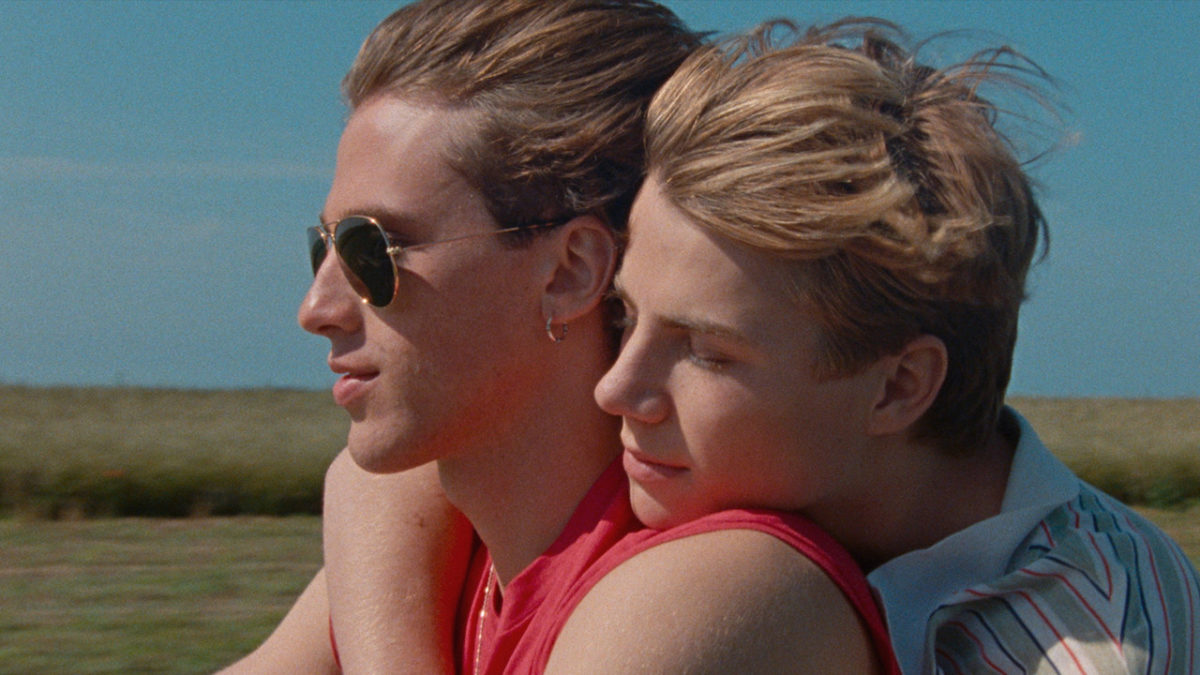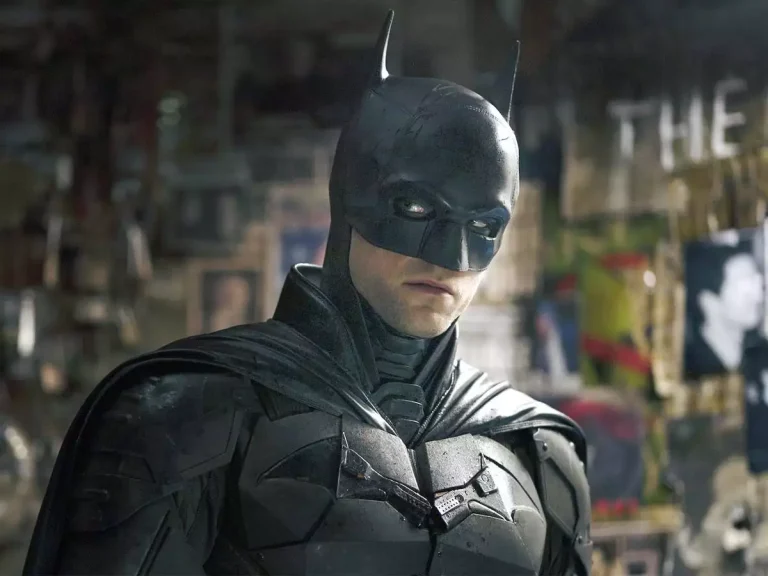Have you ever noticed how breathtaking the landscapes in queer cinema often are? Luscious shots of ripe fruit hanging from trees, skies fading into verdant hills, and a tragic love unfolding—not just aesthetic choices, but visual metaphors for longing, for the gaze that desires, and for the way nature itself seems to yearn alongside the characters. Nature transforms into a sanctuary, offering itself as shelter to the star-struck lovers while simultaneously remaining impartial to what it observes.
When people talk about queer entertainment, certain titles may come to mind: “Call Me by Your Name” (2017), “Portrait of a Lady on Fire” (2019), “Summer of 85” (2020), and “Moonlight” (2016) are just some films that have forever carved their legacy in queer cinema. One thing all these have in common, alongside the tragically beautiful storytelling that leaves everyone teary-eyed by the end, is the beautiful scenery and cinematography that accompany them.
“Call Me by Your Name” has become synonymous with the beautiful northern city of Crema, Italy, and a perception of an Italian village and mansion that somehow seems to exist out of time. The Château de La Chapelle Gauthier from “Portrait of a Lady on Fire” is mesmerizing; it feels as though it lies at the core of a blossoming love. The mountains of Saint-Pierre-Quiberon offer emancipating and breathing space, especially for one of the two main characters — Héloïse, who, in actuality, has none of that.

Adventures on motorbikes and a seaside resort in Normandy, on the other hand, mean very little to Alexis in “Summer of 85.” It’s David who comes along, opens the horizons of dreaming, and gives meaning to the scenery — and to Alexis’ life. The beautiful “learning how-to-swim” scene in “Moonlight,” when Little finally has a father-figure who looks out for him, may seem simple on the surface. The scenery, though, also plays a major role in the theme of the film. Sounds of the beach and waves crashing are both seen and heard throughout, notably when Chiron is with Kevin at the beach, or years later, when the two are finally reunited and are heading to Kevin’s apartment.
Also Read: 15 Essential Indian Short Films on Queer Love
“God’s Own Country” (2017) tells the story of a lonely and broken Johnny Saxby. Only once Gheorghe arrives does Johnny’s life begin to take shape. While tending to his family’s sheep and cattle in the beautiful countryside, the two slowly develop romantic feelings for each other. This film belongs in the same category as the others mentioned earlier — a category defined by beautiful scenery as a contrast to the unfolding tragic storytelling. It may not always be so obvious, but there’s enough of a pattern here to reveal a specific storytelling technique. What can be made of this in a larger sense?
On one hand, the beautiful scenery used as a contrasting technique can be understood as a way to highlight the differences between the ugliness of human behavior versus the purity of the natural world. These characters may struggle to express themselves not just in a coming-out scenario but also in a fight against a different kind of repression.
The audience never sees who Oliver gets engaged to in “Call Me by Your Name.” In “Portrait of a Lady on Fire,” Héloïse’s husband is never seen or heard from. In “Moonlight,” the homophobia that Little experiences is at times explicit, but it’s more often what is left unsaid and the things he lacks in life that leave a negative mark on his growth.

When Héloïse asks Marianne, “When you’re observing me, who do you think I’m observing?” she’s addressing the idea of being the focal point of someone’s gaze. Which begs the question: who — or what — is at the center of the audience’s gaze in these queer films? Cinema has long portrayed longing by focusing on the eyes of the observer. At times, even a momentary focus on the lips of the observer does the trick. This type of yearning becomes visible all over the face of the character, as if the fire burning inside them can only be extinguished by the touch of the other person.
In queer cinema, yearning is usually concealed — much like in real life at times. The audience bears witness not only to the gaze of the characters towards each other but also to how nature itself gives their gaze some space to develop into something more. When that yearning turns into motion, when the once-distant gaze takes shape into touch, it’s no coincidence that the indescribable splendor of nature serves as the background. Perhaps, though, referring to it as merely background would be doing it a disservice. It is a character of timeless stillness, bearing a gaze of its own — a silent witness. All-accepting and utterly nonjudgmental.
To visualize the moments of emotional liberty that these characters experience within nature is to transmit said emotion to the audience. It reinforces the idea of the neutrality of nature. It can offer freedom — or, it can mean nothing, as in “Summer of ’85,” but it is there. The blending of natural beauty, magic, and self-hatred, often generates a memorable and devastating combination, one that seems specific to queer love stories. Whether it’s intentional or incidental, this is a clear pattern that has shaped queer stories for a long time — and remains a quietly persistent reality in queer storytelling.







